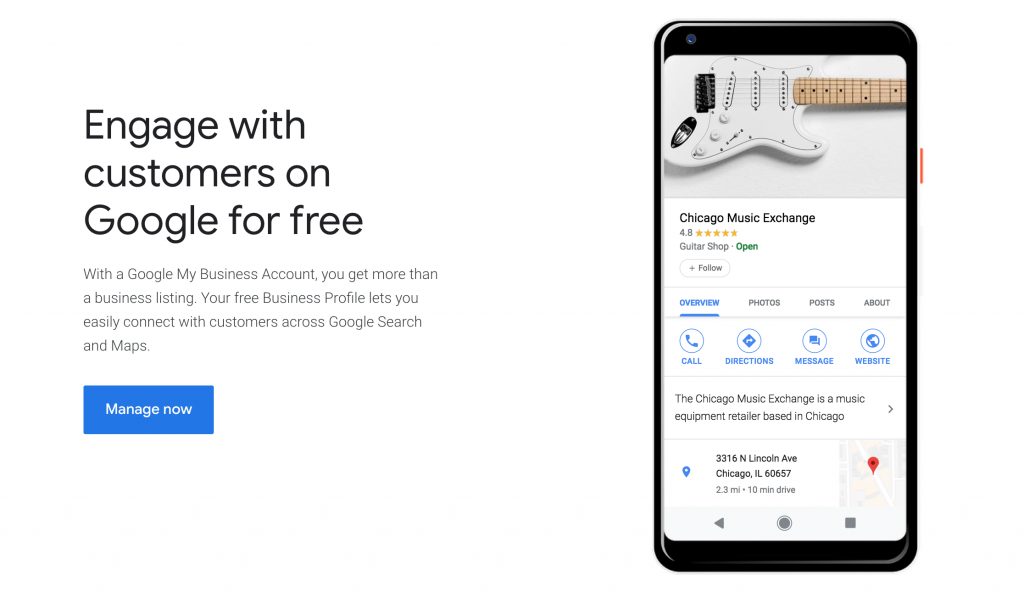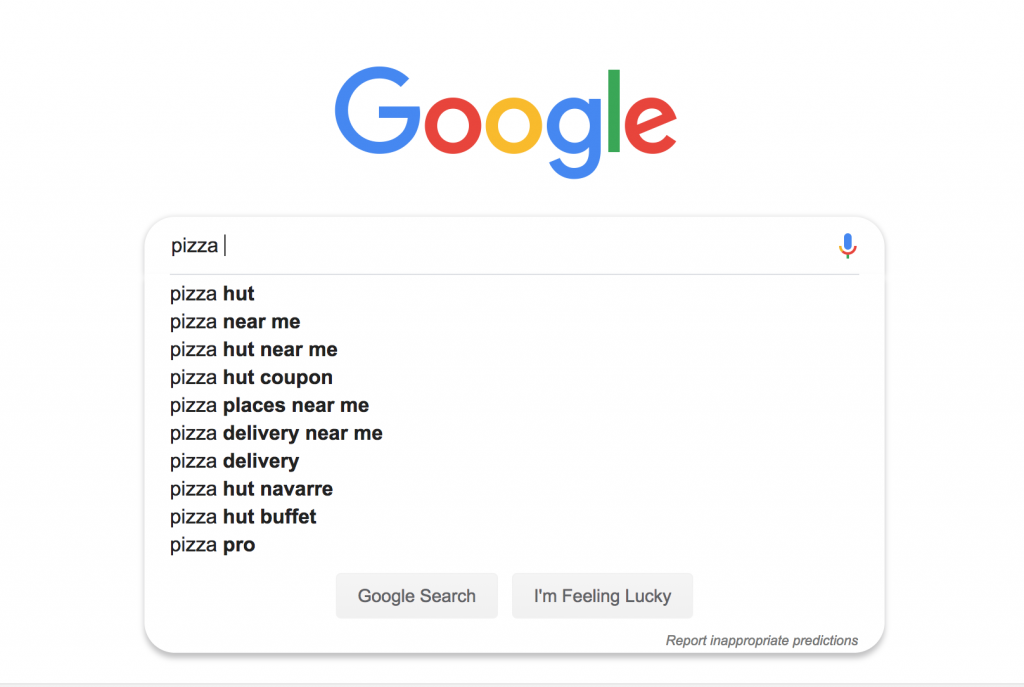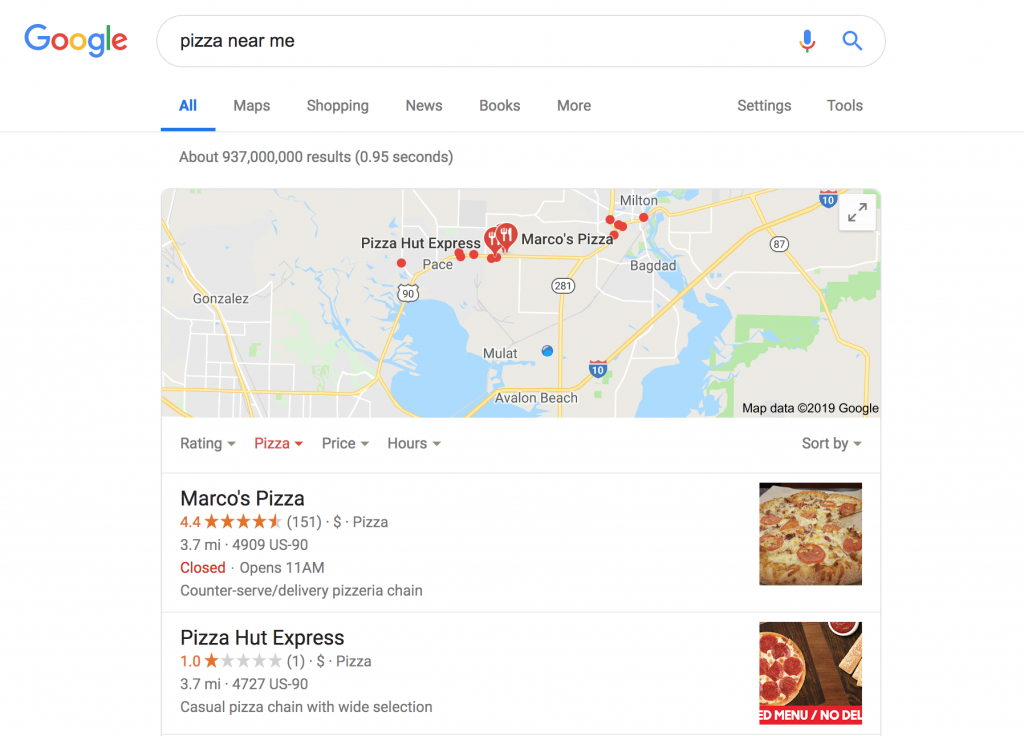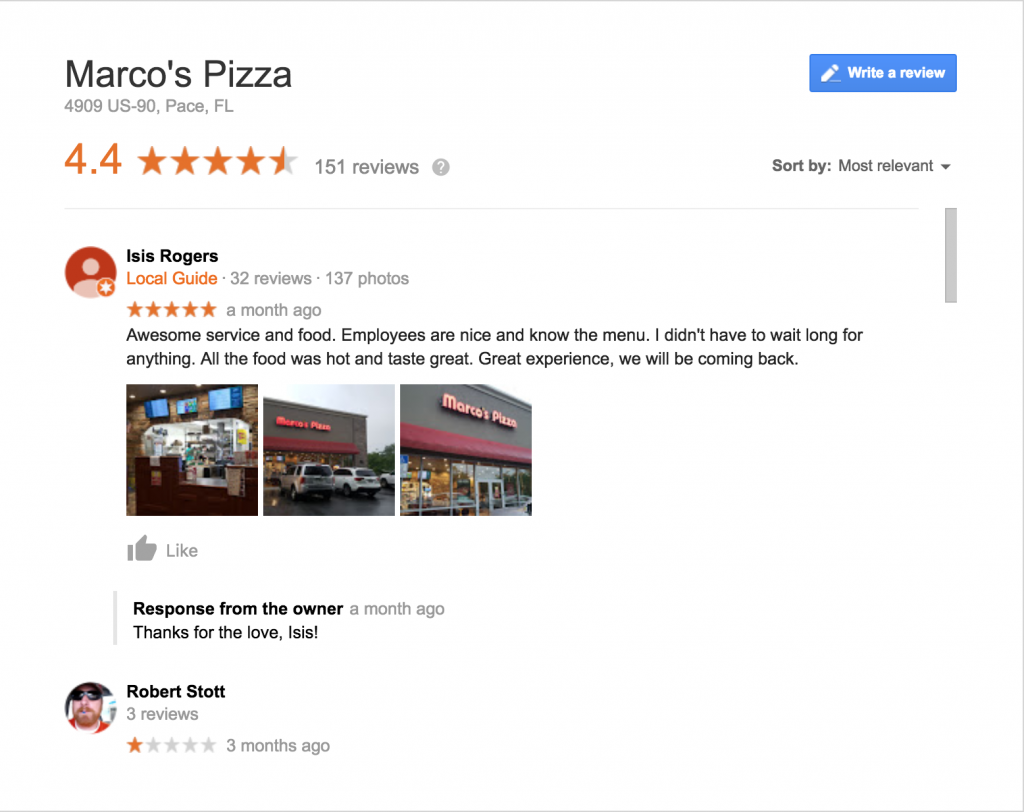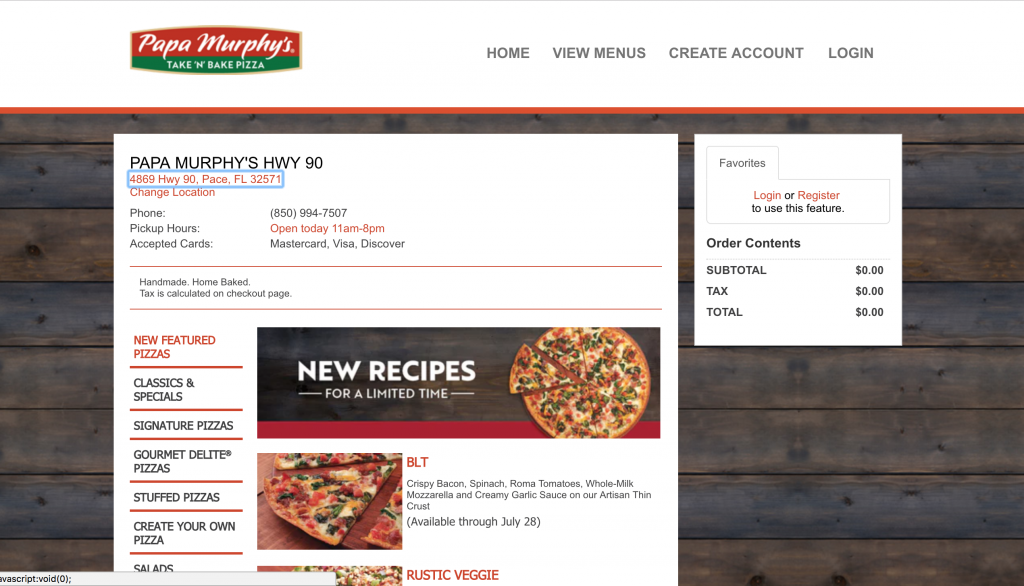If you’re a local business that wants to get recognized by search engines and consumers alike, you need to be focusing on local SEO. By optimizing local SEO you can spread the word about your business, gain customers, and increase profits. If you search “[blank business] near me” or
[blank business] near [zip code]” and your business doesn’t show up in the search results, you’re missing out on a huge margin of potential customers who are using those queries. While you can (and should) utilize general SEO strategies, there are some local-specific tips that you can employ to ensure your business stands out against the competition in your city or community.
1. List your business (consistently) in all local directories
Your business should be listed in the following directories:
- Google My Business
- Bing Places for Business
- Yelp
- Yahoo Small Business
- Local.com
- Foursquare
- Yellow Pages
It’s not enough to just show up in these places; take the time to fill out all the information, such as your hours, contact information, address, and more. Write a solid description of your business and make sure it’s listed in the right category. Include photos and videos, and consider creating a Q&A feature that lists common questions your customers might be wondering about. Just remember to keep your information consistent across all these directories; this will help your SEO as well as ensure your branding is trustworthy and professional. If you change your contact information make sure to update it everywhere, and keep your logos up to date as well. Google doesn’t want to give someone the wrong address or phone number, so you shouldn’t either. Just FYI, it’s a process to get registered with Google My Business and Bing Places for Business, but it’s absolutely worth it to take the time to go through the verification process.
2. Optimize your website and content for local keywords.
A solid keyword strategy is still the foundation of SEO, and there are some tricks you can do to optimize your keywords for your location. But first and foremost, focus on creating quality content that brings value to your customers. Google will rank this higher than mediocre content that’s just stuffed with keywords. Once you’ve produced some great content, add location words in where they’re relevant. Instead of “pizza parlour”, consider using “Chicago pizza parlour” or “pizza in downtown Chicago”. This will help your business get found by the right people, including search engines.
3. Seek out positive reviews.
Businesses with reviews rank higher than those without, so don’t discount the ability of your online reviews to boost your website’s SEO. Business owners who want to stay competitive don’t wait for their customers to write reviews; they actively seek them. Facebook, Yelp, and Google are the 3 most important places to go for reviews, so encourage your customers to write them on those platforms. If you have a good experience with a customer, don’t be afraid to reach out to them and ask them to leave you a review. Include links to your reviews page on your website, and consider doing a drawing/giveaway to encourage people to leave positive reviews. Once you’ve received some reviews, don’t forget to respond to them. Consumers like to see business owners engaging with their customers. And if by chance you end up with a negative review, this is a great chance to respond to it promptly and show your audience that your business has great customer service. Negative reviews are also a great opportunity to learn about ways you can improve!
4. Embed Google Maps
Utilizing Google Maps is typically how people find businesses, so embed a Google Map into your website and make it even easier for your customers to find you! (Obviously this only works if you have a brick and mortar location.) Consider placing the map on your website’s contact page so it’s easy for your customers to locate. If you have multiple locations, embed a map for each of them on the appropriate landing page.
5. Use Keywords in your Heading Tags
This tip is for SEO in general, not just local, but it’s one that’s often overlooked. You should be using website heading tags to break up your content and make it easier for search engines, and your customers, to understand. You should have an H1 tag on every page, followed by H2 and H3 tags when applicable. Definitely include your main keyword(s) in your H1 tag, preferably near the beginning so they don’t get cut off. This is just a simple and easy way to ensure your content is optimized for SEO. This article will help ensure your descriptions and tags are optimized.
Spend some time focusing on local SEO and make sure you don’t miss out on any new customers or leads that might present themselves in your community! It doesn’t take a lot; just a few simple tweaks will help your business stand out in the search results. Do you know any tips for local SEO optimization that we missed? Comment below!
feature image credit: Doynt Technologies
image 1: google.com
image 2: google.com
image 3: google.com
image 4: google.com
image 5: order.papamurphys.com
image 6: order.papamurphys.com


